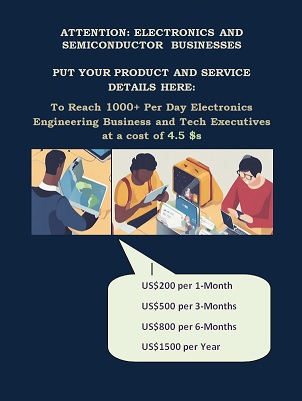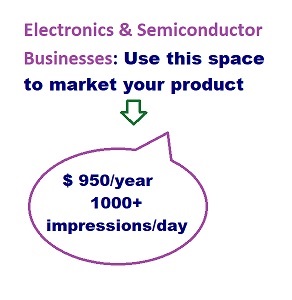Can Intel replicate the assembled PC like market in smartphones!
Date: 03/03/2013
Intel growth in PC market was powered by not only branded PC sellers like HP, Dell and Lenovo and also the assembled PC market which is big in emerging markets. Intel and its partners have supported to build a manufacturing eco in Asia, mainly Taiwan and later in China. That model was very successful. If not the same model but something like that for smart phone and tablet market can make Intel gain the market share in mobile world. Intel has partnered with Indian Phone companies in offering Android based phones powered by Intel Atom processors.
The products are not greatly successful in Indian market. The products can be successful if they fulfill both cost and performance needs of users. It looks there are only two market in mobile devices, expensive highly feature-rich phones and low cost smart phones with most of the important features. Its like phones below Rs 10,000/ 200US$ or phones in the price range of above Rs 25,000/ 500 US$. If the products are priced in between, the market looks to be small. Intel finally may have to find a place in either of these or both of these but focusing on the mid-range alone is risky.
Below is the analysis on this subject released by iSuppli:
Intel Corp.’s introduction of a new Atom processor platform designed to target the fast-growing market for low-end smartphones in emerging economies represents a shrewd strategy that could allow the company to expand its currently minimal market share in the industry.
Intel rolled out the new processor platform at a major event at last week’s Consumer Electronics Show (CES) in Las Vegas.
The platform—formerly known as Lexington— is aimed at developing regions of the world, where consumers are demanding low-cost smartphones that deliver high performance and a full feature set.
“By targeting the low end, Intel can attempt to address the market with the greatest opportunity for growth in the smartphone business during the next few years,” said Francis Sideco, senior principal analyst for wireless communications at IHS. “With Intel now holding a negligible share of the global smartphone applications processor market, the company appears to be taking the steps it needs to in order to have a chance at expanding its presence in this segment.”
High Expectations for the Low End
The low-end spectrum represents the fastest-expanding segment of the global smartphone market, with shipments more than doubling from 2012 to 2016. Low-end smartphone shipments will rise to 559 million in 2016, up from just 206 million in 2012, as presented in the figure below.
Shipments of low-end smartphones will rise at a compound annual growth rate (CAGR) of 51 percent from 2011 to 2016. In contrast, high-end smart shipments will grow at a CAGR of only 12 percent during the same period.
Emerging regions where low-end smartphones have the most appeal are the expected to generate the fastest growth among all regions for mobile handsets in the coming years.
Shipments of all kinds of cellphones in China are expected to rise at a CAGR of 8 percent for the same five-year period, making it the world’s fastest growing region. The next fastest-growing area will be the rest of the Asia-Pacific countries, which will rise at a 6 percent CAGR. Coming in third is the combined Eastern Europe, Africa and Middle East region, with 5 percent growth. In comparison, the well-established North American region will grow only 4 percent.
“In the emerging markets, optimizing the cost/performance balance will be critical for success,” Sideco said. “Intel also will need to heavily leverage its acquisition of Infineon to ensure it offers the best solution involving both the applications processor and the modem—the two primary processing functions in a smartphone.”
Intel Not Inside the Smartphone Chip Market
Intel’s share of the market for applications processors used in smartphones is minimal at present. This market now is dominated by Qualcomm.
For the overall market for baseband chips governing all kinds of cellphones, Intel ranks third, behind Qualcomm and MediaTek of Taiwan, as presented in the table below. Intel held an 8.4 percent share of global revenue for cellphone basebands in the third quarter of 2012, the most recent period for which figures are available. However, Intel’s portion of the market represented only a sliver of the 52.0 percent share held by market leader Qualcomm.
“While Intel dominates the PC microprocessor market, in the smartphone semiconductor business the company has no place to go but up,” Sideco said. “And while Intel certainly faces major challenges in achieving the kind of leadership position in mobile handsets it now has in PC semiconductors, the company appears to be serious about building its competitive positioning in the smartphone chip market.”

